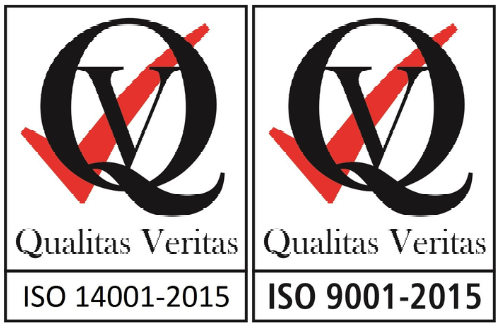Designing for Durability, Disassembly & Reuse
Explore how modular design and thoughtful construction keep furniture in use for longer.
Designing with the Future in Mind
To create truly circular office furniture, we must design not just for today, but for tomorrow, and beyond. That means thinking about how long a product will last, how easy it is to repair, and how its materials can be recovered and reused when it's no longer needed.
This page explores the design strategies behind durability, disassembly, and reuse – the foundations of a circular furniture system.
1. Durability: Built to Last
Durable furniture can withstand daily wear-and-tear, reducing the need for premature replacement.
Key considerations:
- Strong joints, reinforced fixings, and robust materials
- Upholstery and finishes that resist staining and fraying
- Timeless design that doesn't go out of style
"A well-designed office chair can easily last 15 years. The real question is: can the company keep it in use that long?"
2. Disassembly: Easy to Take Apart
Circular furniture is designed so that parts can be removed, repaired or replaced without damaging the whole product.
Design tactics:
- Use screws and bolts rather than glue or staples
- Clear labelling of components and materials
- Modular construction for easy upgrades
Why it matters:
- Makes furniture easier to repair, refurbish or remanufacture
- Speeds up recycling at end-of-life
- Reduces labour costs in reuse systems
3. Reuse & Reconfiguration
Good design enables furniture to be repurposed or reconfigured for new settings and users.
Examples:
- Height-adjustable desks that suit multiple users
- Storage units with interchangeable doors or drawers
- Tables that can be converted into smaller modules
Product Snapshot: A Circular Chair
| Design Element | Circular Benefit |
|---|---|
| Replaceable seat pad | Easy maintenance without replacing the whole chair |
| Modular frame | Can be reconfigured into different layouts |
| No glued materials | Easier to recycle and separate components |
| Neutral aesthetic | Less likely to be discarded for branding reasons |
Key Takeaways
- Circular design begins with durability, disassembly, and reuse in mind.
- Products should be easy to maintain, repair and reconfigure.
- Modularity and timeless design increase product longevity and value.
- Avoid glue, hidden fixings and materials that can’t be easily separated.
Quiz: Design for Longevity and Circularity
Put your knowledge to the test and see how well you understand the principles behind long-lasting, repairable, and reusable office furniture.
How Did You Score?
Post your result and see how others are doing too.






